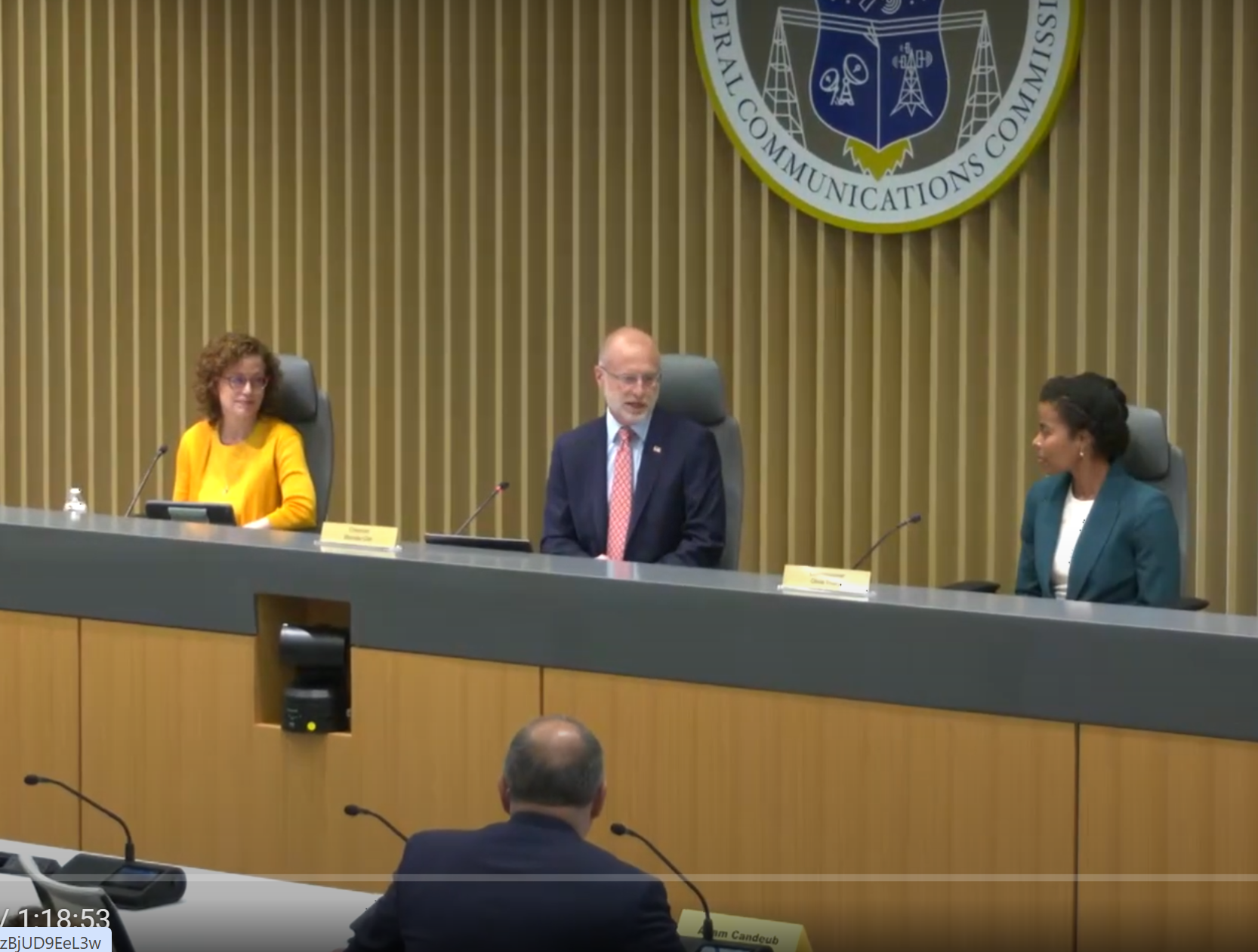West Virginia University (WVU) this week announced it had launched the nation's first campus 'Super Wi-Fi' network. The network uses TV band white space frequencies to provide free public Wi-Fi access for students and faculty at Public Rapid Transit (PRT) platforms. From what I can see from the WVU Office of information Technology web site and from the WVU announcement, the 'Super Wi-Fi' system is not being used to deliver Internet directly to users but to Wi-Fi hotspots that allows them to access the network using their existing Wi-Fi devices.
The university partnered with AIR.U, the Advanced Internet Regions consortium. I could not find the Consortium's web site but a New America Foundation press release stated the consortium was formed on June 26, 2012 and includes higher education organizations representing over 500 colleges and universities as well as Microsoft, Google, the Open Technology Institute at the New America Foundation, the Appalachian Regional Commission, and Declarations Networks Group (DNG), an organization created to plan, deploy and operate 'Super Wi-Fi' technologies.
“AIR.U’s initial deployment, blanketing the WVU campus with Wi-Fi connectivity, demonstrates the equipment capabilities, the system throughput and performance of TV band frequencies to support broadband Internet applications,” the university said. “AIR.U intends to facilitate additional college community and rural broadband deployments in the future.” The announcement said WVU can use the white space links to “add additional Wi-Fi hotspots in other locations around campus where students congregate or lack connectivity today.” One possible future application is providing Wi-Fi connectivity on PRT trains.
There was no description of the hardware being used for the network, but Paul Mitchell, general manager/technology policy, at Microsoft commented, “White spaces technology and efficient spectrum management have a huge potential for expanding affordable broadband access in underserved areas and we are pleased to be partnering with AIR.U and West Virginia University on this new launch.” Bob Nichols, CEO of Declaration Networks Group, LLC said, “Super Wi-Fi presents a lower-cost, scalable approach to deliver high capacity wireless networks, and DNG is leading the way for a new broadband alternative to provide sustainable models that can be replicated and extended to towns and cities nationwide.”
In a statement on the WVU TV white spaces network Acting FCC Chairwoman Mignon Clyburn said, “Innovative deployment of TV white spaces presents an exciting opportunity for underserved rural and low-income urban communities across the country. I commend AIR.U and West Virginia University on launching a unique pilot program that provides campus-wide Wi-Fi services using TV white space devices. This pilot will not only demonstrate how TV white space technologies can help bridge the digital divide, but also could offer valuable insights into how best to structure future deployments.”
As I pointed out last week, for TV white space devices to be successful, there have to be TV white spaces. Developments such as the WVU deployment and the associated publicity are important because they may make it easier for the FCC to reject calls to auction every last bit of available UHF TV spectrum by adopting variable band plans for different parts of the country. This would allow the excess spectrum, where available, in to be used for TV band white space devices, TV translators and LPTV stations, all of which can provide valuable service to rural areas.
The professional video industry's #1 source for news, trends and product and tech information. Sign up below.

Doug Lung is one of America's foremost authorities on broadcast RF technology. As vice president of Broadcast Technology for NBCUniversal Local, H. Douglas Lung leads NBC and Telemundo-owned stations’ RF and transmission affairs, including microwave, radars, satellite uplinks, and FCC technical filings. Beginning his career in 1976 at KSCI in Los Angeles, Lung has nearly 50 years of experience in broadcast television engineering. Beginning in 1985, he led the engineering department for what was to become the Telemundo network and station group, assisting in the design, construction and installation of the company’s broadcast and cable facilities. Other projects include work on the launch of Hawaii’s first UHF TV station, the rollout and testing of the ATSC mobile-handheld standard, and software development related to the incentive auction TV spectrum repack. A longtime columnist for TV Technology, Doug is also a regular contributor to IEEE Broadcast Technology. He is the recipient of the 2023 NAB Television Engineering Award. He also received a Tech Leadership Award from TV Tech publisher Future plc in 2021 and is a member of the IEEE Broadcast Technology Society and the Society of Broadcast Engineers.
